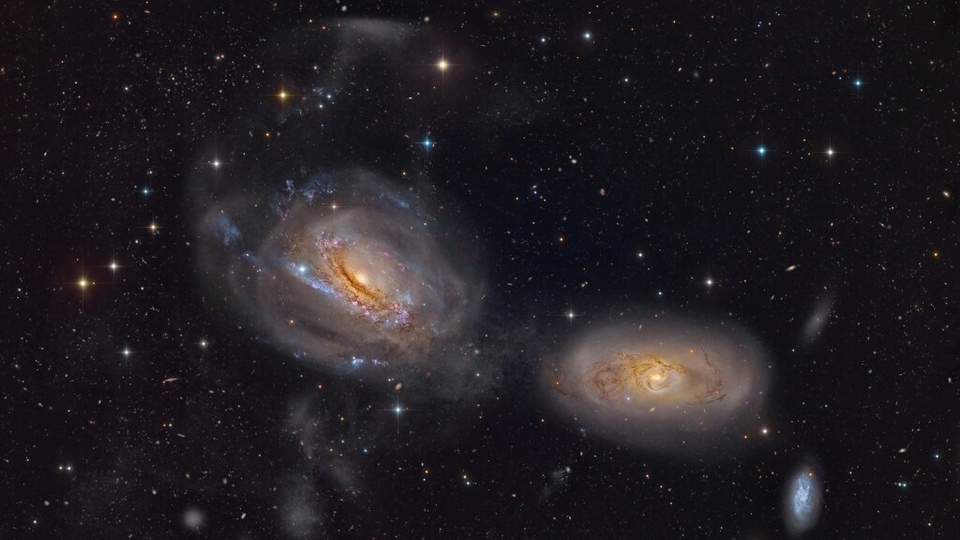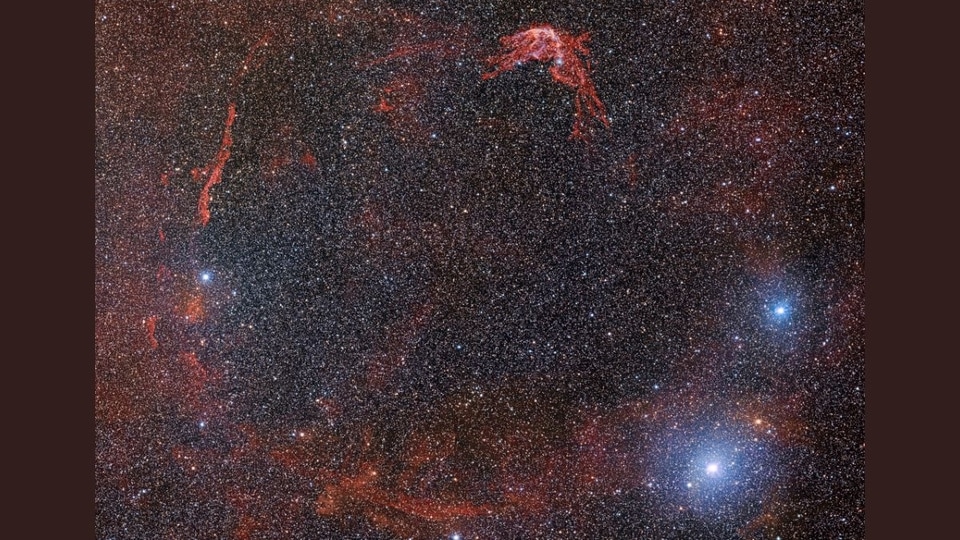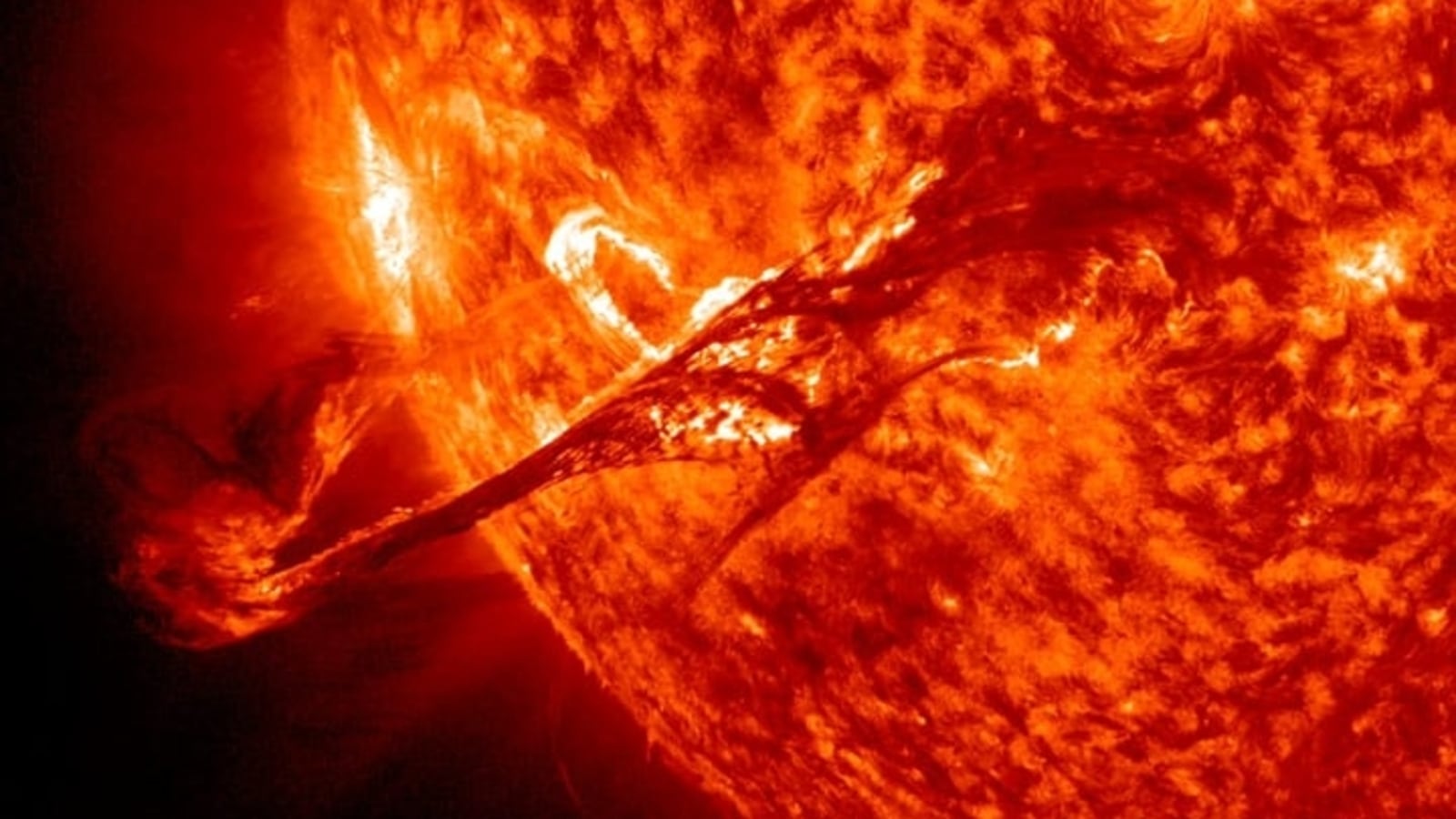Sunspots in January, February 2023 are the highest in a decade!
Sun has been in a fiery mood in 2023! The average sunspot count in January and February are among the highest in a decade.






 View all Images
View all ImagesThe Sun is a huge ball of fire that also keeps ejecting solar flares, coronal mass ejections (CME) into space. Well, these ejections are not always dangerous, but can impact humanity and planet Earth if they are powerful enough. "The explosive heat of a solar flare can't make it all the way to our globe, but electromagnetic radiation and energetic particles certainly can. Solar flares can temporarily alter the upper atmosphere creating disruptions with signal transmission from, say, a GPS satellite to Earth causing it to be off by many yards." NASA explained.
The research organisation further stated, "Another phenomenon produced by the sun could be even more disruptive. Known as a coronal mass ejection or CME, these solar explosions propel bursts of particles and electromagnetic fluctuations into Earth's atmosphere. Those fluctuations could induce electric fluctuations at ground level that could blow out transformers in power grids. A CME's particles can also collide with crucial electronics onboard a satellite and disrupt its systems."
Notably, the Sun has ejected several solar flares and coronal mass ejections in the past few months as the current solar cycle has gathered momentum. According to a report by Newsweek, "This solar cycle, Solar Cycle 25, is exceeding expectations in terms of activity, as it was initially forecast in 2019 that Solar Cycle 25 would have a similar activity level to that of the previous cycle."
However, Solar Cycle 25 has now outperformed the official forecast for over 24 consecutive months, with sunspot numbers already approaching those seen during the maximum of the previous cycle. "The average sunspot numbers for January and February 2023 were some of the highest for around 10 years, according to NOAA data, with January seeing 143 sunspots, while February had 110. The previous highest-scoring month was during the peak of the previous cycle, Solar Cycle 24, with 146 sunspots occurring in February 2014," the report further added.
Catch all the Latest Tech News, Mobile News, Laptop News, Gaming news, Wearables News , How To News, also keep up with us on Whatsapp channel,Twitter, Facebook, Google News, and Instagram. For our latest videos, subscribe to our YouTube channel.































